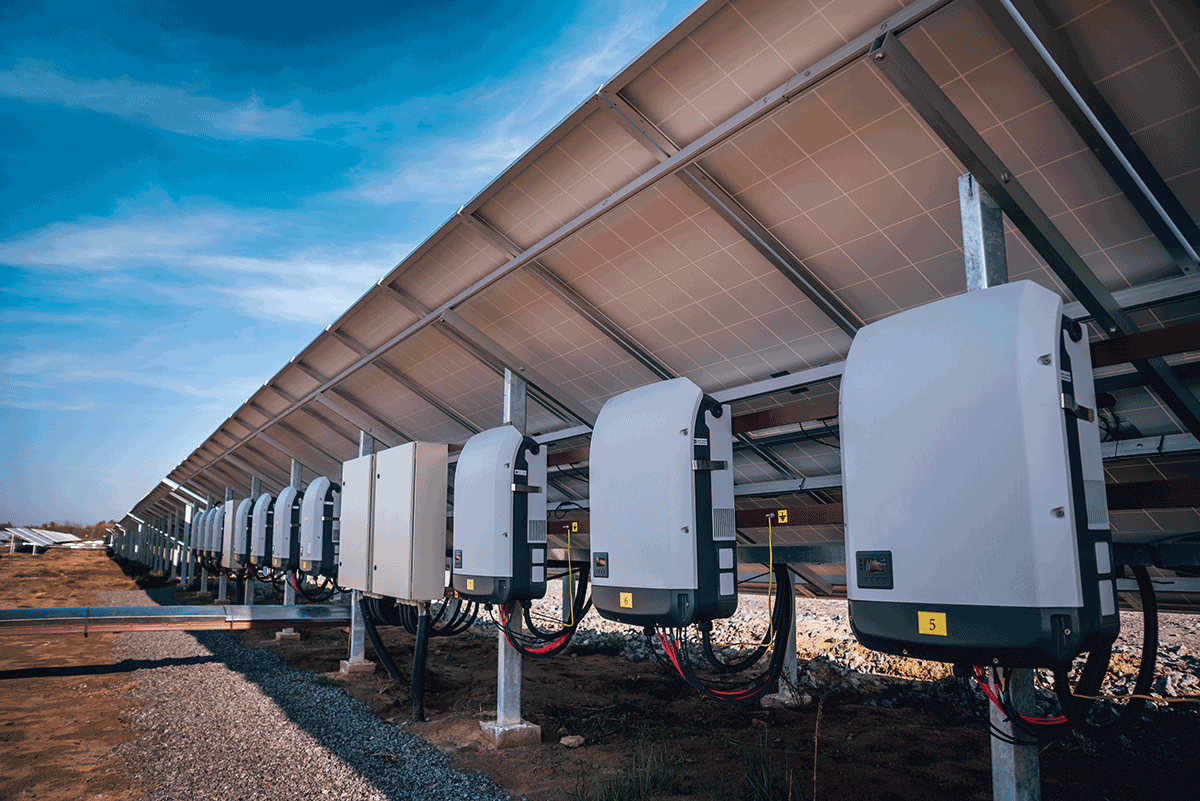In addition to paying taxes, there is one thing you can count on for sure: the electrical industry will continue to evolve. All we have to do is look at energy storage as an example and how it has evolved over the past two centuries.
In 1748, Benjamin Franklin first coined the term “battery” to describe an array of charged glass plates. From 1780 to 1786, Luigi Galvani demonstrated what we understand to be the electrical basis of nerve impulses. This provided the research for inventors like Alessandro Volta to create batteries. While you might think this was the beginning of energy storage devices, you would be mistaken.
According to a paper presented in 2010 at a conference on the history of electrical engineering, author Elena Danila said the first known battery was invented 2,200 years ago near Baghdad, Iraq. The clay pot is the oldest functioning fuel cell. With a height of about 6 inches and a thickness of about 8 inches, it featured “a cover of a material like asphalt, and inside, a copper foil-wrapped tube, which was at the upper end of the copper disc. A very thin ramrod of iron, was clamped to the down lid and passed through the center tube of copper, but without touching the walls thereof. The operation of this ancient battery basically summarized the introduction of vinegar or grapefruit juice fermented in a jar. These acids allowed the migration flow of electrons from the copper tube of iron ramrod when the two metals were connected at one end, generating a current of low intensity. Experiments have shown that this battery could generate between 1.5 and 2 volts,” the author explained.
Battery technology has evolved over the years from single cell lead-acid, to rechargeable types, to lithium-based batteries. Battery technology has contributed to the advancement in electronic equipment and powering vehicles. Just look at the size of the first cellular phone compared with what we have today. That first phone was the size of a brick, and some of them came attached to a bag or a car. What we all have today is small enough to fit inside a pocket and is basically a handheld computer run by a lithium battery.
We can credit the advancements in battery technology for the advancement in electrical power vehicles and large battery storage. The latter can be used as a backup power source, in addition to providing energy during normal operations.
Batteries are only one form of energy storage. There are many others currently on the market and many in development that are described in this edition of the News. (See the cover story by Senée Seale for more details.)
What will the future hold? As renewable energy sources and energy storage system technology evolves, standards will need to keep up to date to ensure products and system are safe. (See “Energy Storage Systems – Article 706” by Joseph Wages, Jr. for more details on National Electrical Code requirements.) Looking toward the near future, NFPA will be publishing the 2020 edition of the NEC which is sure to outline new safety and practice standards. (See part one of “Analysis of Changes – 2020 NEC” by Keith Lofland for details.)
One thing is for sure: the topic of energy storage is not going away any time soon. How closely we pay attention to this topic will determine how we can influence safety standards and practices. What will our energy needs be in the future? What is on the horizon in new technology? Will the time come that we will no longer be dependent on fossil fuels? It is difficult to predict what the future will hold, but one thing is for sure: changes in energy storage are happening.














Find Us on Socials